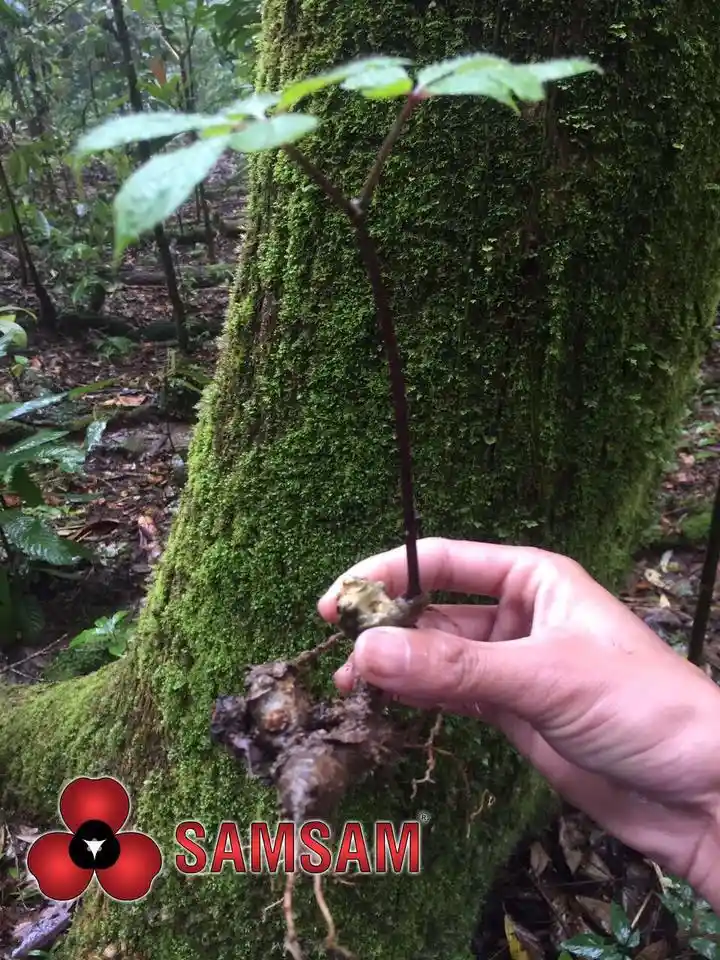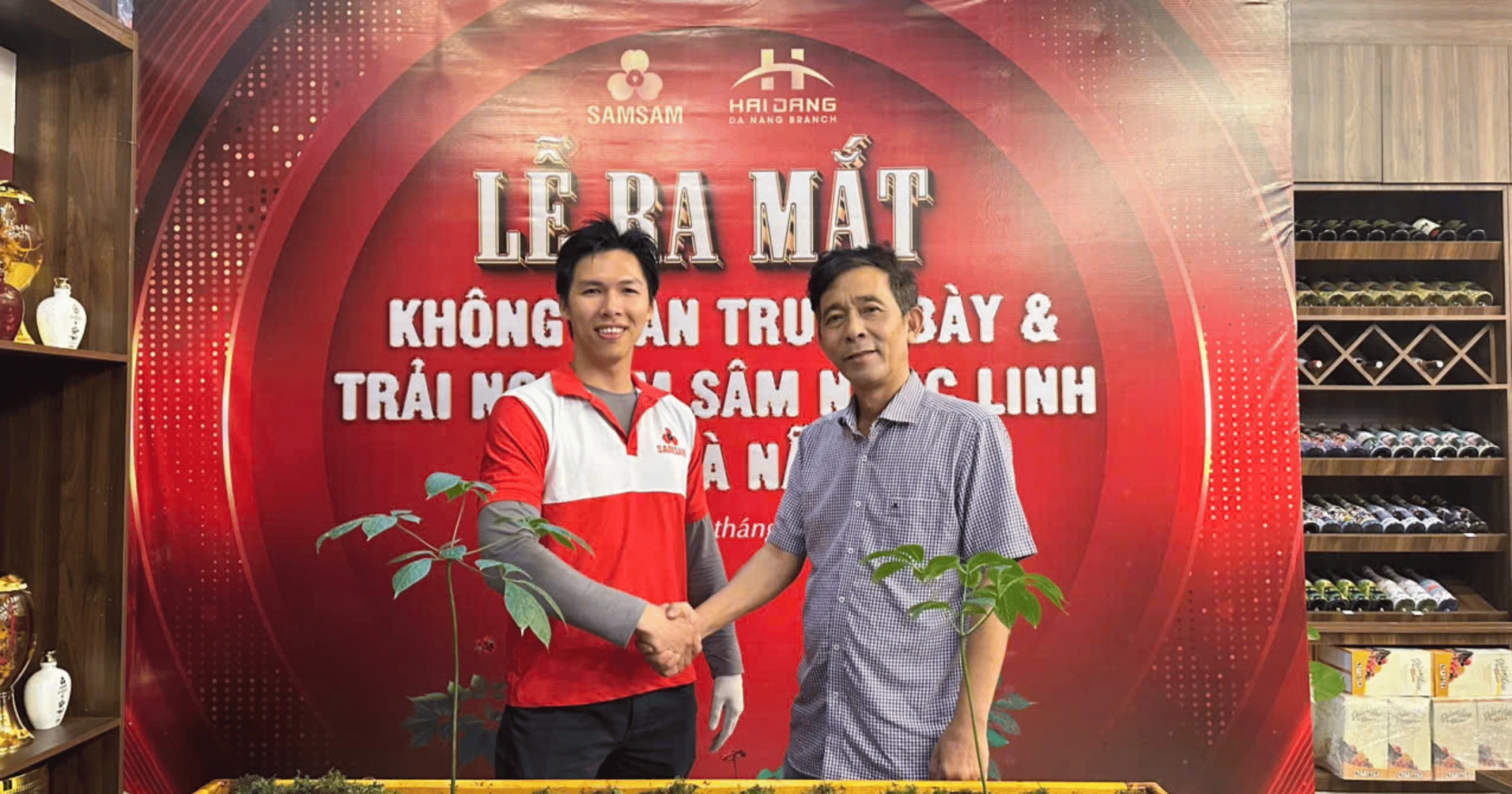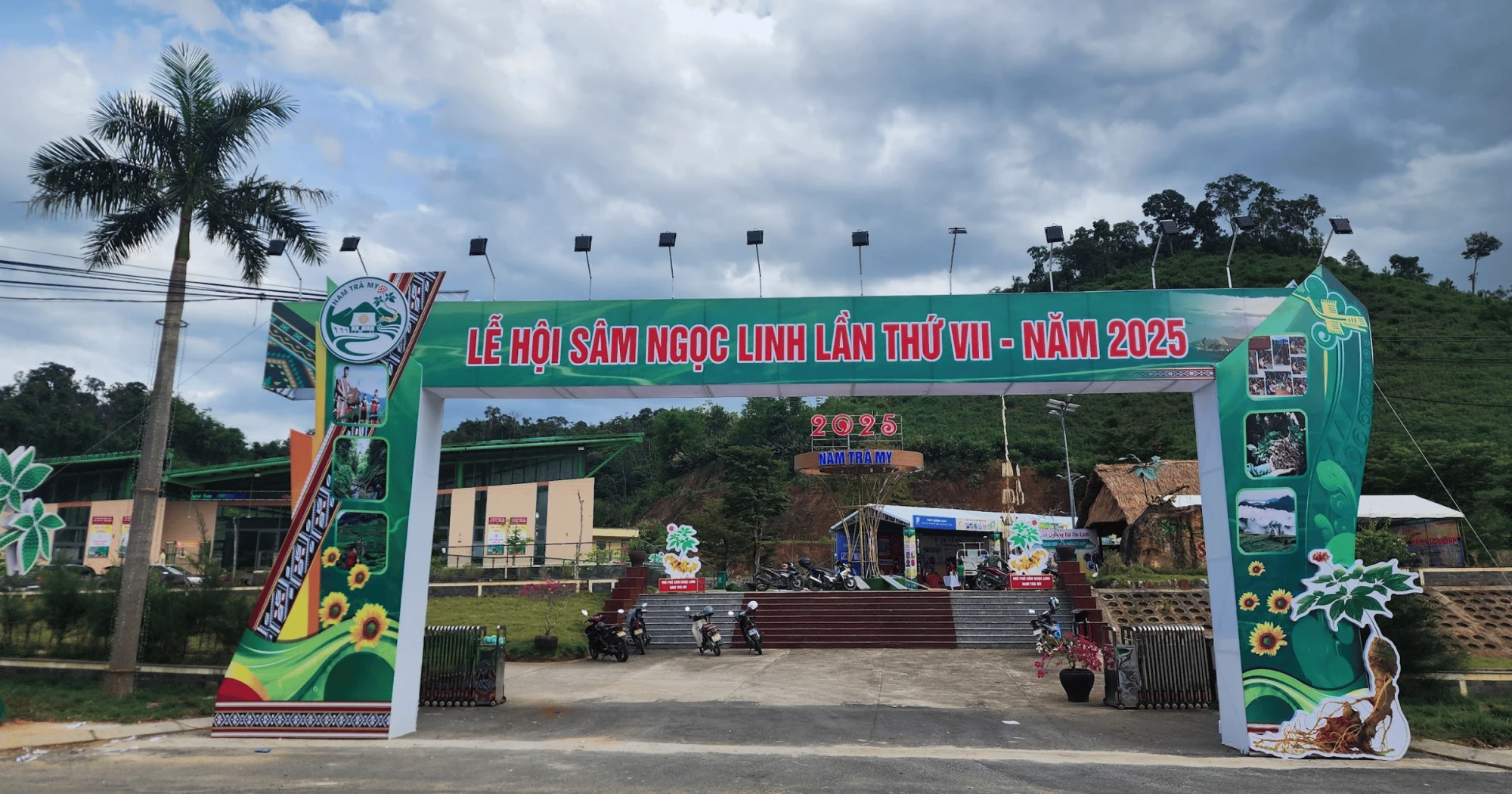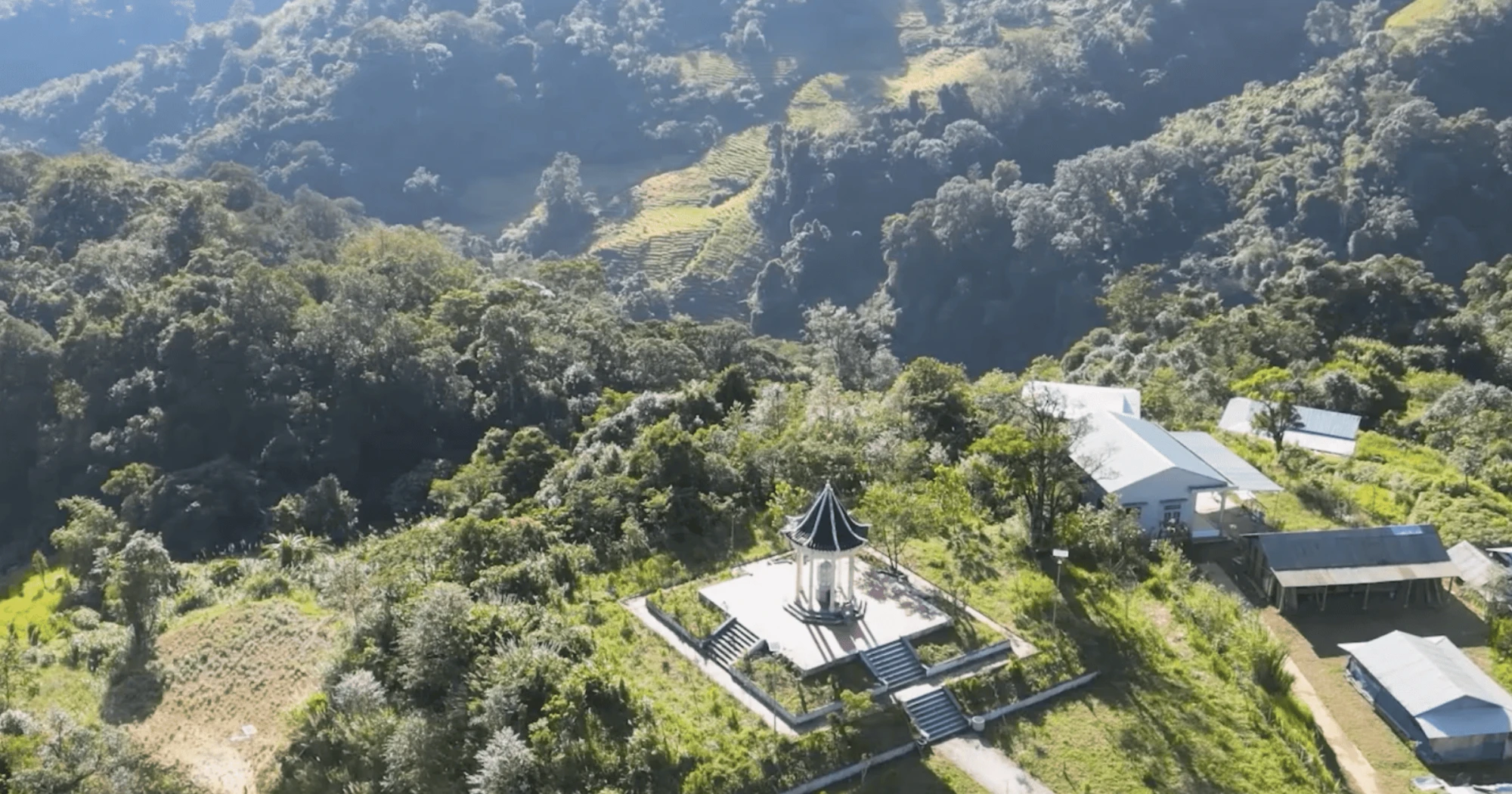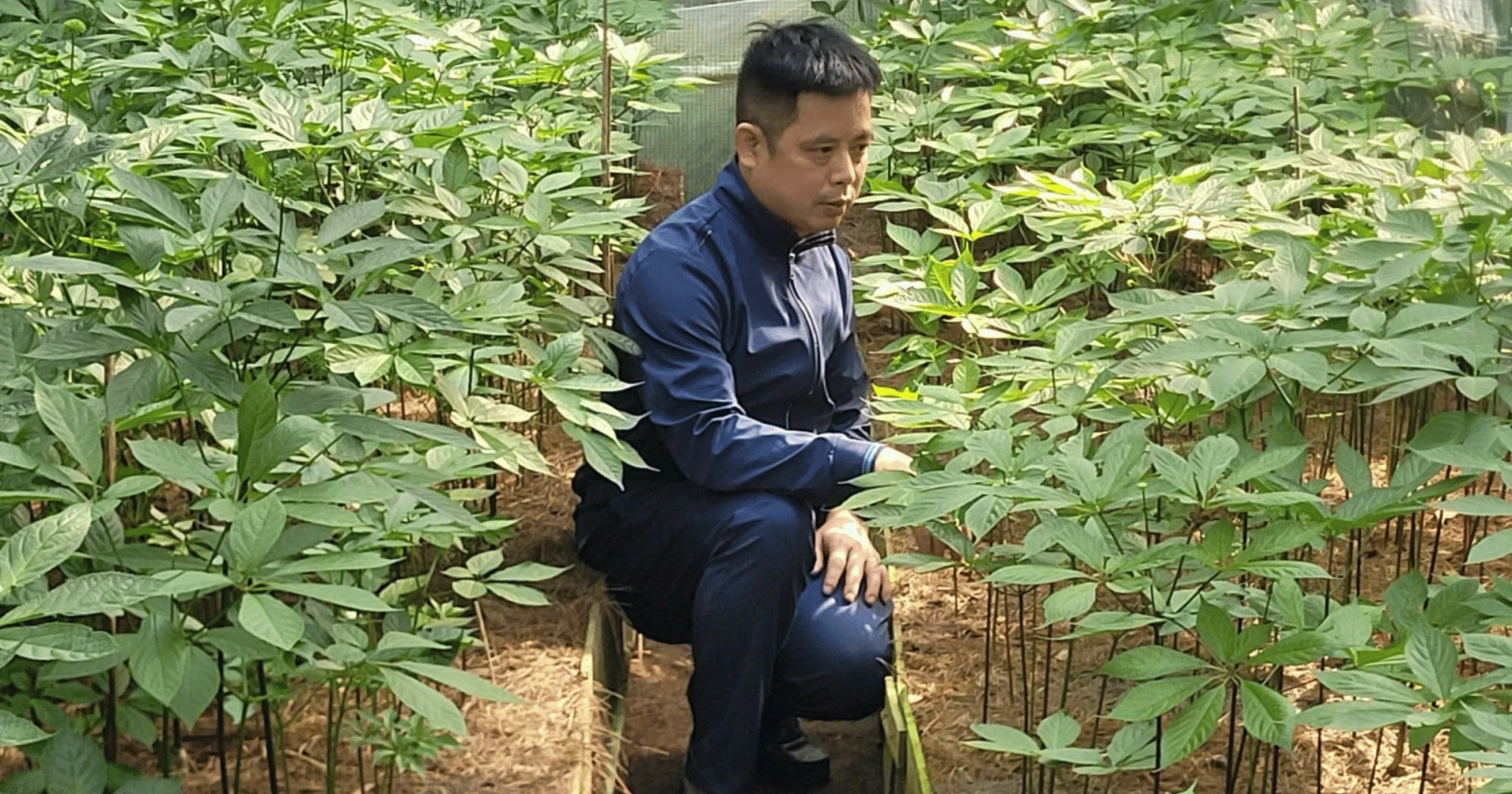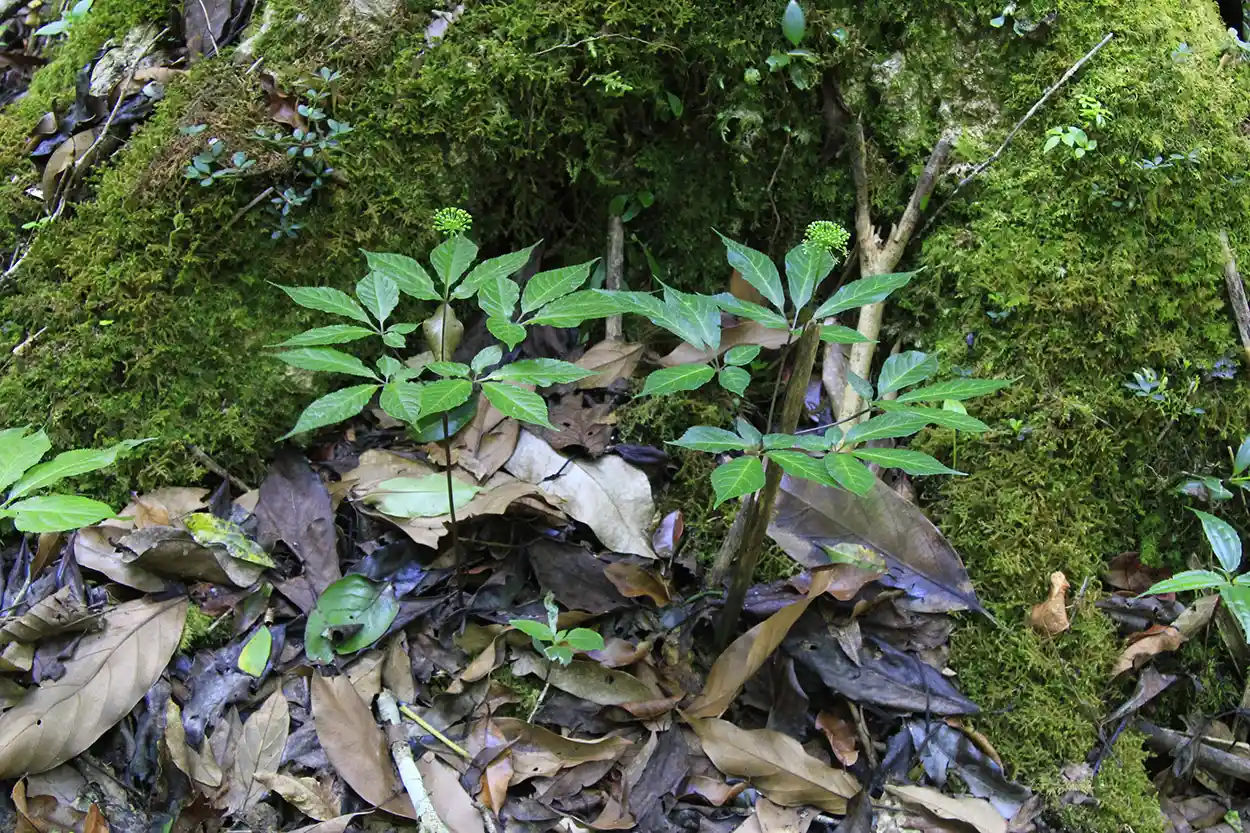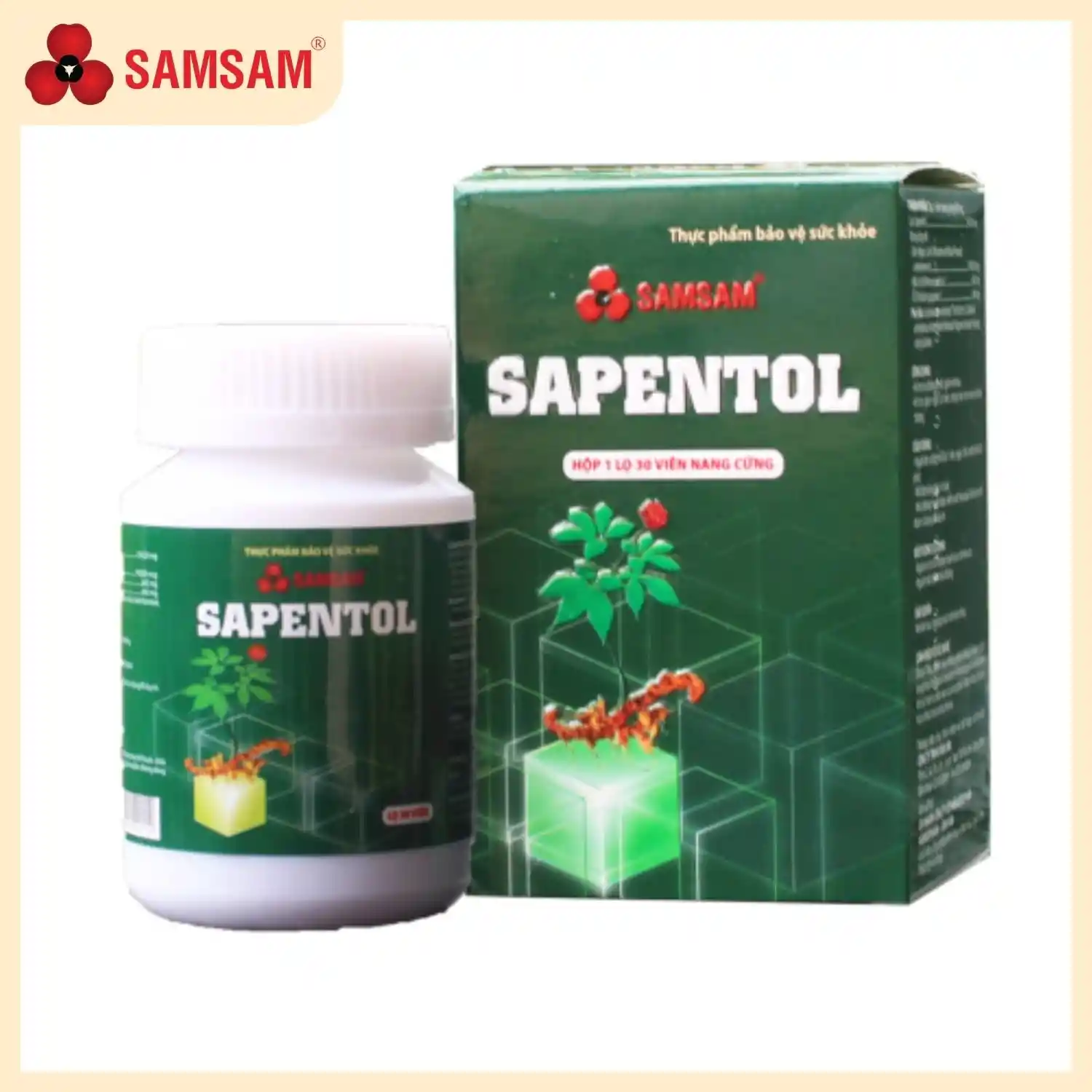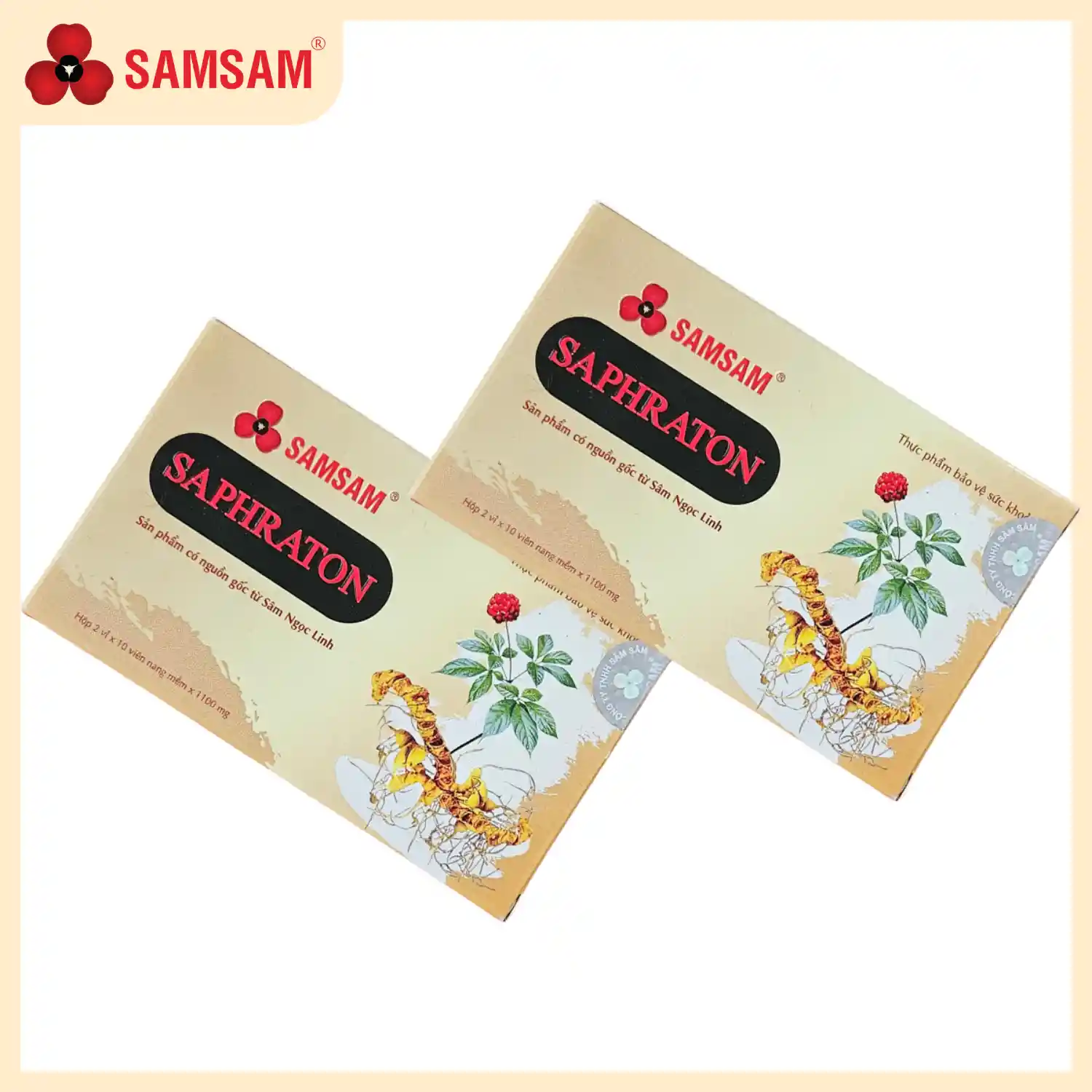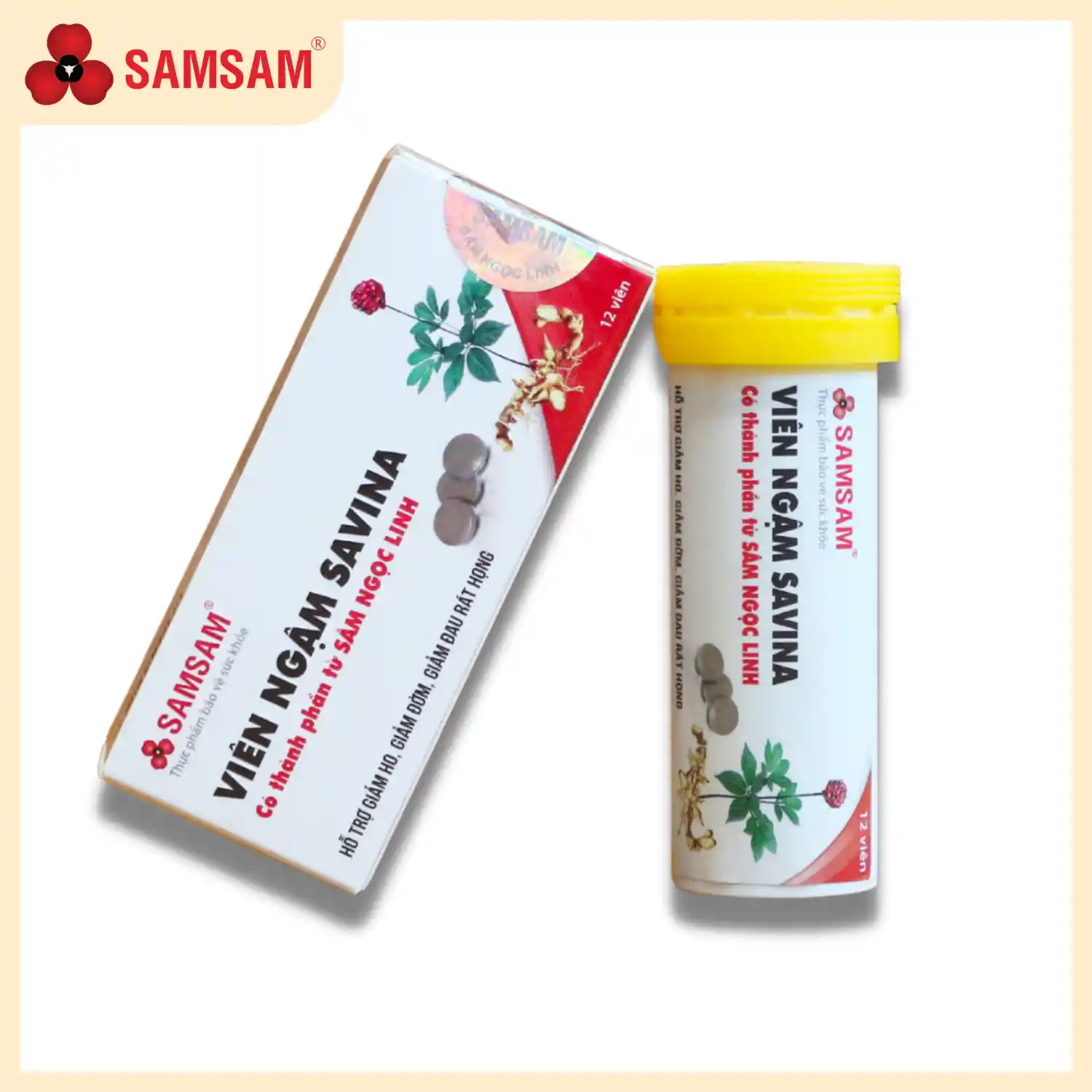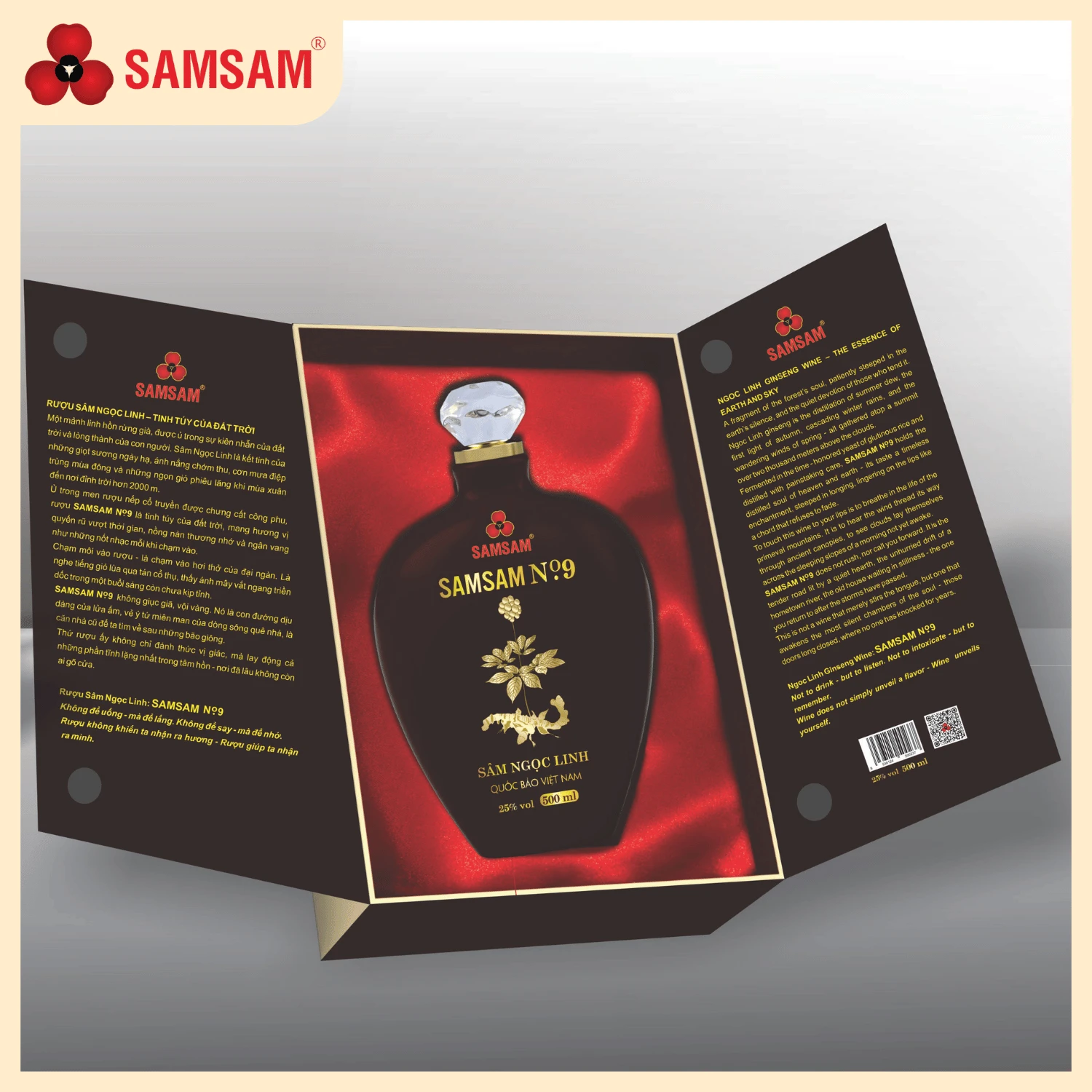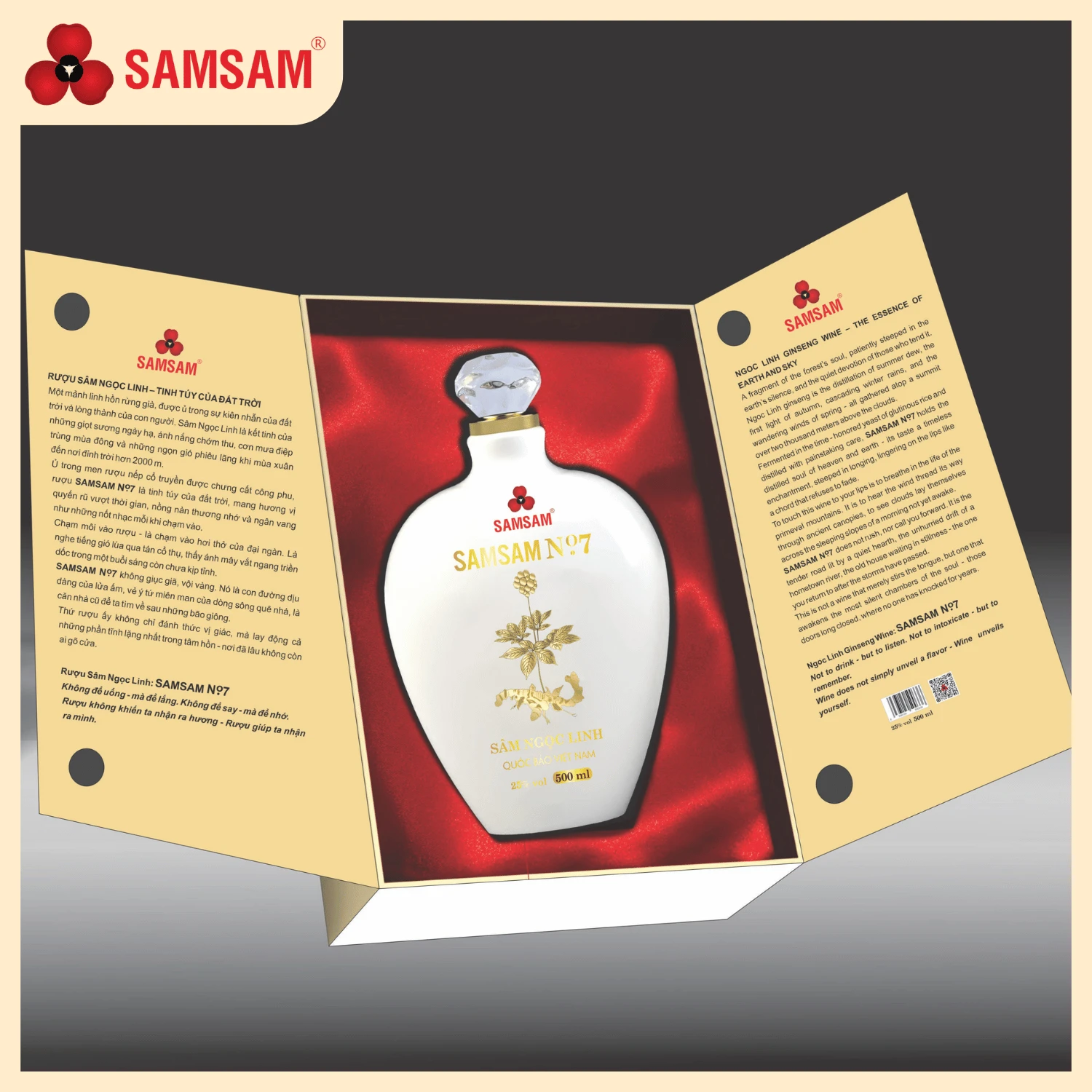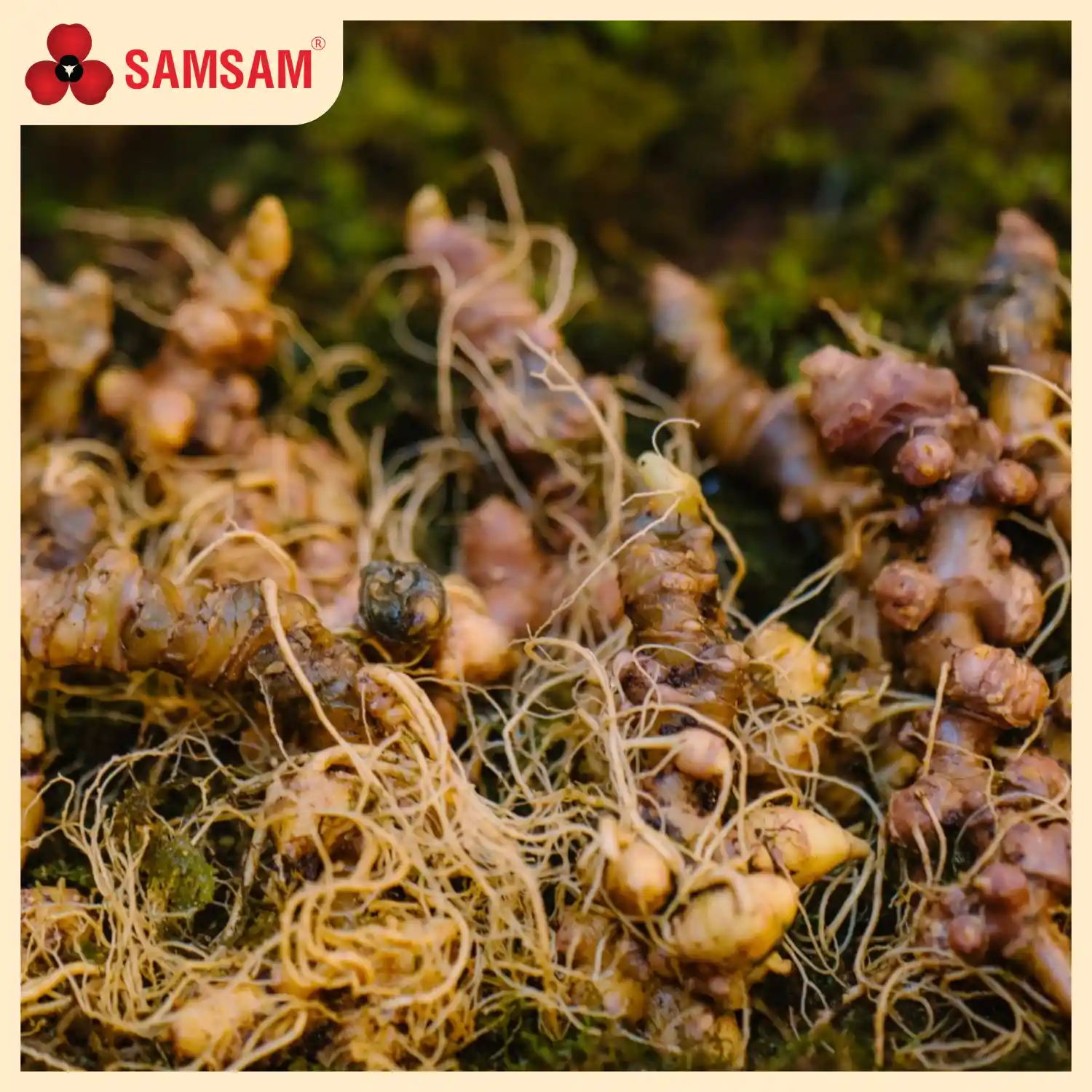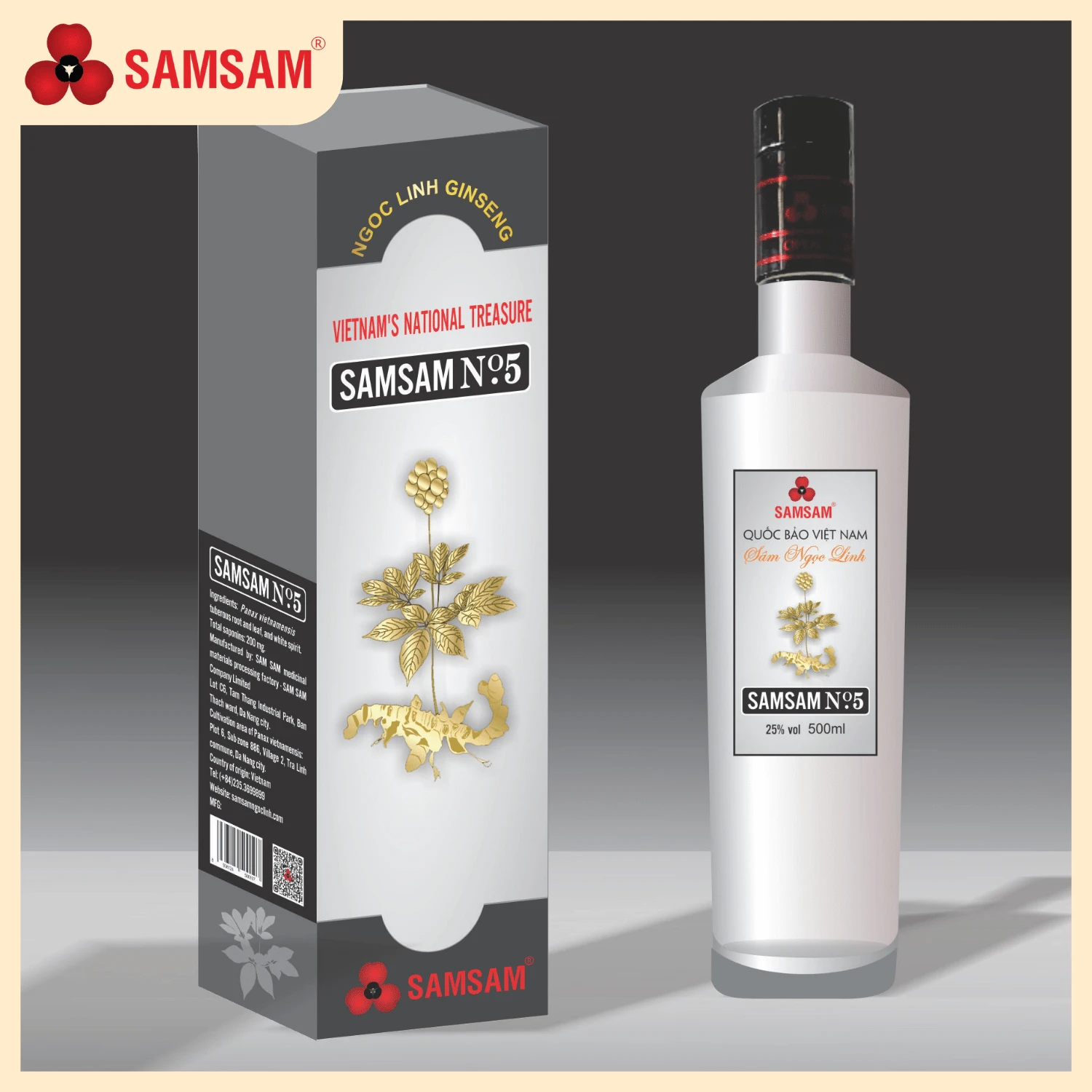Ngoc Linh is the name of a Xe Dang village located on a sacred mountain, renowned as the “roof of Southern Vietnam”. At the intersection of sky and earth grows the ginseng plant – a rare medicinal herb deeply intertwined with the mythical story passed down through generations by the Xe Dang people to this day…
According to the legend of the Xe Dang people, the Guardian Goddess was a beautiful princess of the Jade Emperor, who, upon descending to earth for supervision, fell in love with the stunning landscape and the friendly nature of the Xe Dang people. Instead of returning to the celestial realm as her father wished, she stayed behind and married a strong, healthy Xe Dang village chief. Their love bore a sweet fruit – a boy with a face as bright as sunlight. The villagers came to celebrate, and the life of this young couple, a union between a mortal and a fairy, unfolded peacefully in their small village.
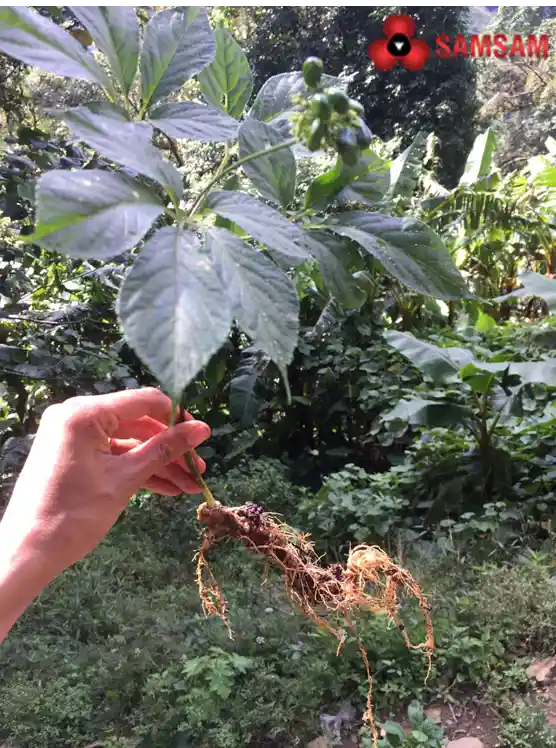
Then one day, an incident occurred. As the village population grew, they had to cut down trees and burn forests to create farmland, changing the wildlife habitat and angering the mountain spirit. The villagers had broken their vow and were punished. Each night, the mountain spirit sent wild animals to destroy their crops, spreading famine and sending fierce beasts to attack the village. The struggle against these wild beasts exhausted and worried the villagers. One day, when wild animals invaded the village, the village chief led a fierce resistance, but the uneven battle ended with him being killed, the village razed, and people either dying or scattering into the forest, with children taken by wild beasts.
The village chief’s wife, returning from gathering forest fruits, saw the devastated village, her murdered husband, and her son taken by beasts. Her rage awakened the Guardian Goddess within her. She flew like an arrow, chasing the wild beasts into the forest to reclaim her son. Alas! The child in her arms fell into a half-conscious state. She knelt, embracing her child and calling for divine help. But having violated heavenly law by marrying a mortal, no deity dared to come to her rescue.
Love transformed into strength, and she channeled all her divine power into her beloved son. When the boy survived death’s scythe and awakened, her body transformed into a small tree with five leaves like five fingers, growing beside him. Day and night, it radiated a halo, caressing and protecting the child from wild beasts in the deep forest.
After the mountain spirit’s rage, the surviving Ngok Linh villagers gathered to find a new homeland. Crossing the ancient forest valley, they discovered the chief’s son alive, lying alone by a quiet stream. Joyfully, they entrusted the child to a young, childless couple and continued their journey, crossing three mountains and two rivers to establish a new village.
During the day, the boy was cared for like other village children, but at night, his mother would appear, leading him into the forest and feeding him a strange root with a subtle bitter-sweet taste. After consuming this mysterious root, he grew rapidly like a forest tree in sunlight, tall and strong like a chò or pine tree. His muscles became robust, his steps thunderous like monsoon waterfalls. He quickly became the village’s strongest young man, working tirelessly and single-handedly driving away wild beasts.
He used his strength to rebuild houses and construct a new, prosperous village. Alone, he would carry hundred-meter-long trees to build bridges, making travel easier. His actions earned the villagers’ respect, and he was elevated to village chief, continuing his father’s legacy. Ngok Linh returned to peace.
As the population grew, they polluted river and stream waters, again violating the sacred vow and incurring the mountain spirit’s punishment. Diseases like diarrhea and malaria spread, causing fear and desperation. Despite his immense strength, the young chief couldn’t protect his people.
In a seemingly hopeless moment, he remembered his mother and erected a ceremonial pole, praying for five days and nights. His heartfelt plea reached the divine realm. A large, beautiful golden butterfly appeared, guiding him through streams, waterfalls, and mountains to a forest grove.
There, he was stunned by a beautiful plant landscape with a green five-leafed tree bearing ripe red fruits and emitting a gentle fragrance. Recognizing this as the place his mother used to bring him, he heard a whispered message: harvest leaves for tea, soak roots in honey, and scatter seeds in the forest.
Following the instructions, he returned to the village and prepared leaf water in large copper pots. As the water boiled, turning sky-blue with red smoke spreading a gentle aroma, it began healing the sick. Stomach pains disappeared, fever reduced, and skin diseases vanished. The villagers rejoiced as health was restored, their bodies filled with energy and joy.
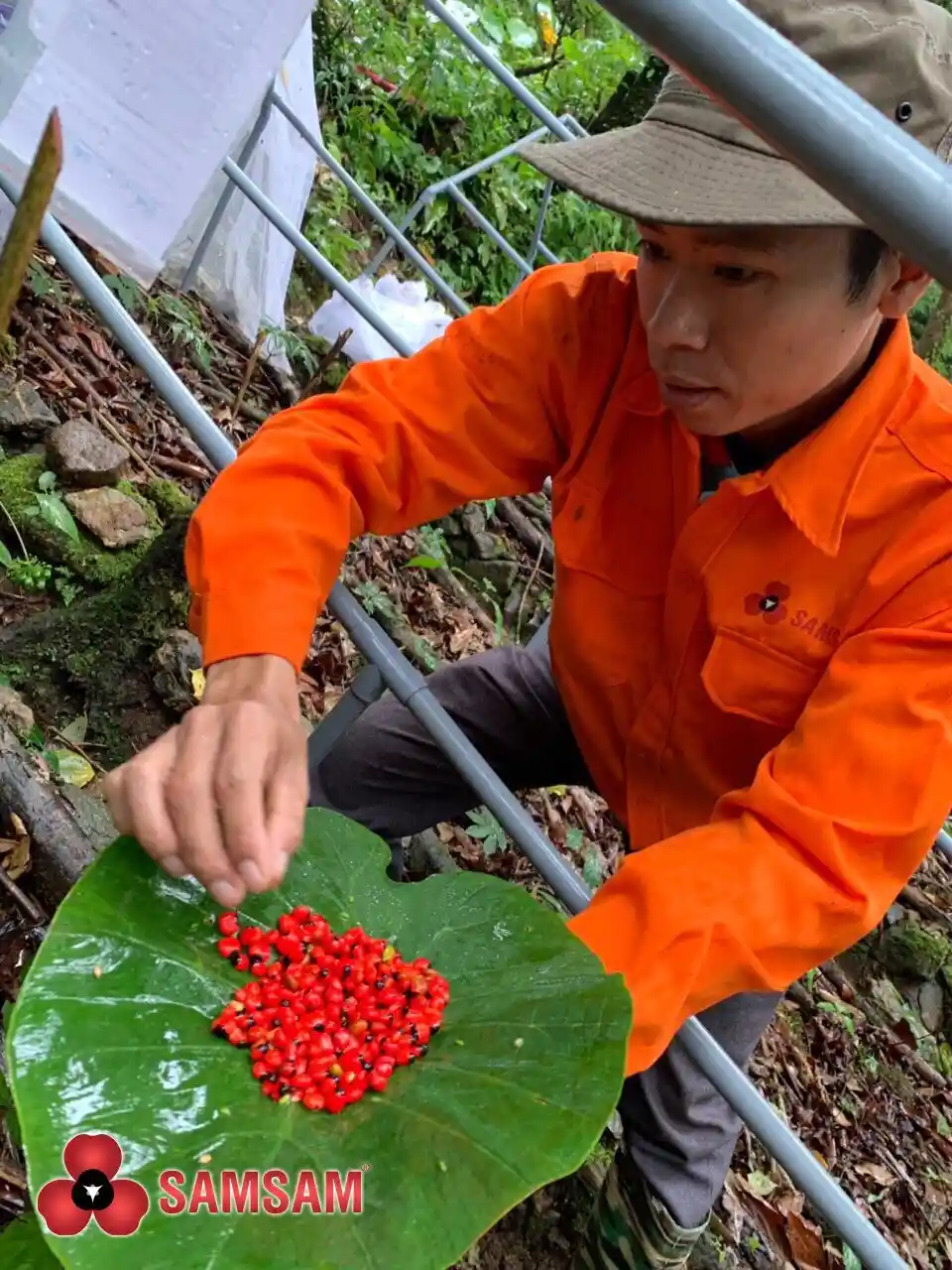
When everyone was guided by the young man to the forest to harvest leaves, collect roots, sow seeds, and learn how to use the medicinal plant, the village chief was no longer to be found. He had been summoned back to the celestial realm by his divine family.
From this point, the Ngok Linh villagers named the precious medicinal plant sâm (ginseng). When giving birth, women would use leaf water and honey-soaked ginseng roots for seven days, enabling them to work in the fields with rosier skin. Young women who bathed in the leaf water noticed their skin transforming from sun-darkened to fair, with bright, round, attractive eyes that caught the attention of young men. Village men who consumed honey-soaked ginseng roots found their bodies becoming stronger and more robust, with muscles developing like those of elephants, tigers, and leopards. They could climb slopes, cross mountains, and wade rivers without fatigue, admiring girls during the day and dreaming of them at night.
People from other villages and tribes, seeing the healthy, rosy-skinned, beautiful Xe Dang youth, sought to understand their secret but never succeeded. Villagers would say, “The strength, love, and kindness of the fairy mother were embedded in the ginseng, making them stronger than wild beasts and healthier than forest spirits.” Since acquiring the ginseng that sheltered and nourished them, the villagers no longer feared the mountain spirit’s curses.
Every year, around June and July, when ginseng flowers turn red, the villagers would enthusiastically enter the forest to perform a reverent thanksgiving ceremony, seeking permission to harvest leaves, collect roots, and sow seeds. They would swear to the spirits to forever teach their descendants to protect the forest and preserve and develop the ginseng. This ritual has become an indispensable tradition for the Xe Dang people for generations. Today’s ginseng festival draws from this legend to honor Ngoc Linh ginseng – the unique Vietnamese ginseng found only around the slopes of Ngoc Linh mountain…
(Recorded from the narratives of village elders Ho Buu, Ho Mai, Ho Quang, Ho Reo, Ho Du)
Source: Quang Nam Newspaper

